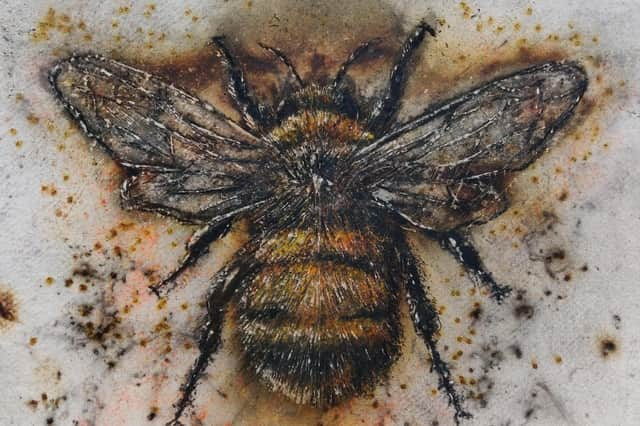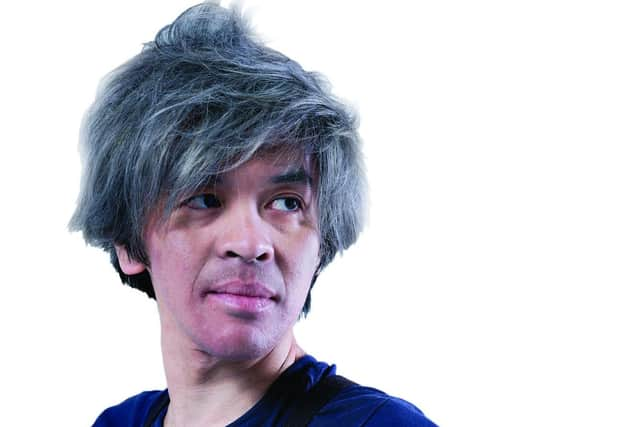Education and Careers: creating a buzz as an artist


I argued that the art degree I applied for at the University of Huddersfield was the only course in the country with an integrated business element.
What I quickly learnt during my time in Huddersfield is how much of an entrepreneur I am at heart. As a teenager, I had to help in the family takeaway business, dealing with customers, calculating takings and to forecast business costs.
Advertisement
Hide AdAdvertisement
Hide AdThe ability to think 30 steps ahead is perhaps the most crucial skill for any young creative in Scotland. This was true during my time as student and in my career. It is still important to me now.


About 60,000 students graduate each year from applied arts courses– but very few will make it as working artists. When I was an art student, I did not want to a be a failed statistic. I took the unusual decision to take a year out during my degree to travel and rent a studio in Glasgow. During that time, I was fortunate enough to make contacts in art galleries, some of whom sold my work regularly until I graduated.
There is this artists’ vision that getting discovered at your final year degree show will make your career. While this can be true, I was certainly not part of it. Yes, I did get signed up to galleries in London and New York, which for many graduates would be “the dream”. But that was only possible after I began a letter-writing campaign to galleries to showcase my work.
After 500 letters, including images of my work, five of them were a yes. One of them was my first Chelsea London exhibition, which was a massive sell-out. I was seen as a recent graduate in his early twenties who had become an overnight success with a show in London. One would say that I had “made it”, but this couldn’t be further from the truth.
I knew I would have to prepare for the inevitable downturn, which came in the form of the 2008 financial crisis and subsequent recession. This spurred me to learn as much as I possibly could of different elements of business, including marketing, book-keeping, HMRC regulations and so on. By the time the recession took hold, I was prepared to face it.
Despite making the decision to become an entrepreneur, the journey I embarked on as a working contemporary artist has not been particularly easy. Although I was successful in my early career, I had to sacrifice a lot, especially in my personal relationships. My physical and mental wellbeing was affected. Despite this, every achievement and milestone – no matter how big or small – served a purpose in the development of my career.
I am fortunate to be part of a generation which has grown up with a rapid development of technology (millennials were the first with childhood access to the internet). Being able to assess the potential of things like social media strengthened my career, especially in the Noughties. I am also grateful to be part of the Scottish creative and cultural sector, which brings in about £5 billion to the Scottish economy per year.
Even though I have accumulated a wide arsenal of business skills over the past two decades, it is not just these that have made me established. Being a contemporary artist requires you devote time and energy.
Advertisement
Hide AdAdvertisement
Hide AdMy advice for any young aspiring artist? To be successful, you need to be creative, innovative, bold, tactical and most important of all, have the ability to forge your own path. As Abraham Lincoln said: “The most reliable way to predict the future is to create it.”